Architectural Preservation: Balancing History and Progress in Practice
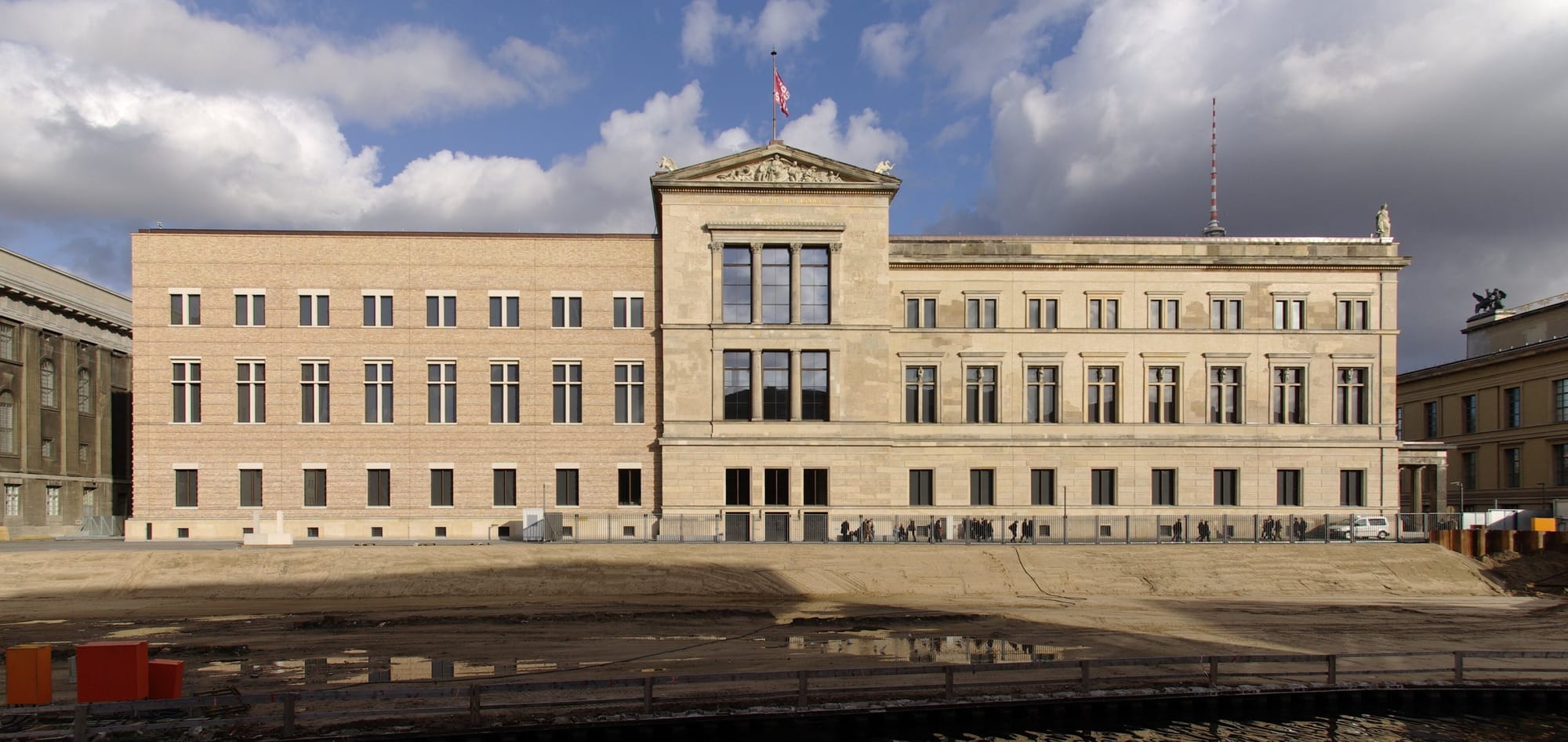
1. Introduction
Architectural preservation, also known as historic preservation or conservation, is the process of safeguarding and adapting buildings, spaces, and sites of historical, cultural, or architectural significance. As cities modernize and new structures rise, the need to balance innovation with respect for heritage becomes increasingly important. For recent architecture graduates entering the profession, understanding preservation is essential—not only as a technical skill but as a mindset. It bridges tradition and innovation, protecting irreplaceable environments while enabling progress. Whether working in urban regeneration, adaptive reuse, or rural revitalization, preservation shapes design thinking and practice. This article explores the key principles, processes, and challenges of architectural preservation. It provides detailed case studies, actionable strategies, and professional insights to help new architects apply these lessons in a range of contexts.
2. Foundations of Architectural Preservation
2.1 What is Preservation?
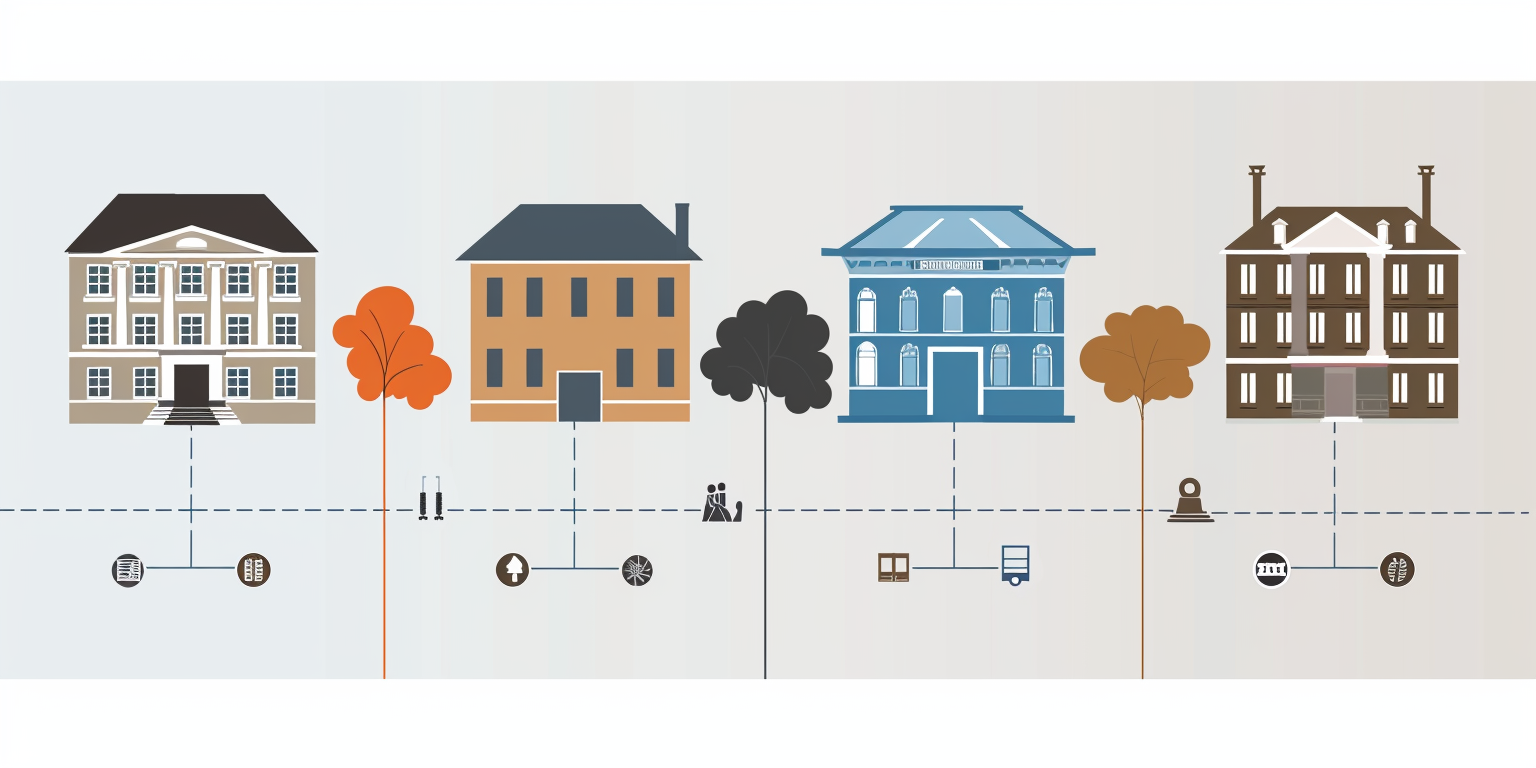
Preservation involves maintaining and managing changes to buildings and places that hold historical, cultural, or architectural value. Key preservation activities include:
- Restoration: Returning a structure to a specific time period.
- Rehabilitation: Updating buildings for modern use while preserving character.
- Conservation: Preventing further deterioration without altering the original state.
- Reconstruction: Rebuilding missing parts using historical documentation.
Technical Term: Fabric refers to the physical material of a building, including masonry, timber, metal, and decorative finishes.
2.2 Legal and Ethical Frameworks
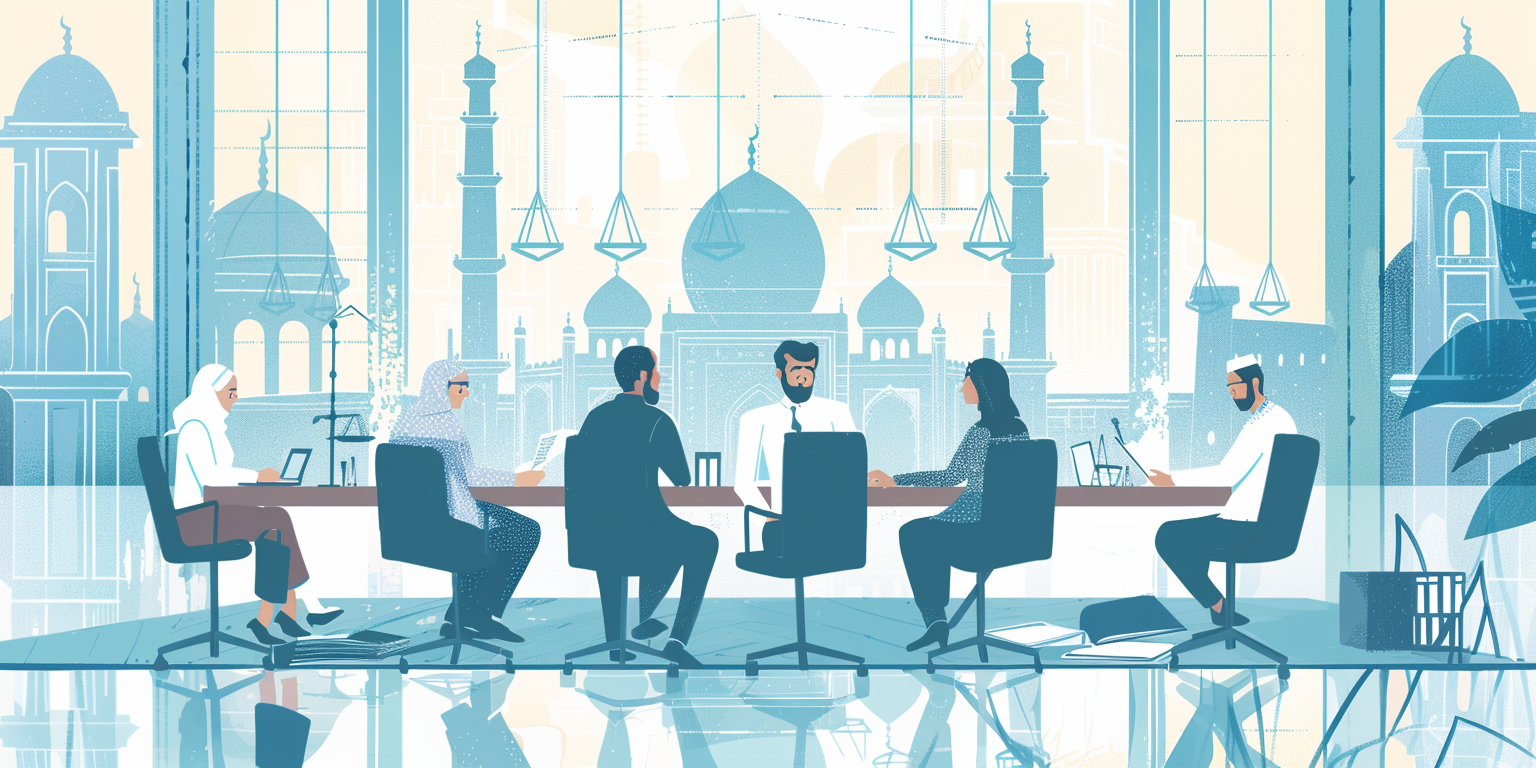
Preservation is guided by national laws (e.g., the National Historic Preservation Act in the U.S.) and international standards (e.g., ICOMOS charters). Ethical issues also arise, such as cultural appropriation, community displacement, and authenticity.
Pro Tip: When working in multicultural or postcolonial contexts, always engage local communities and stakeholders to avoid top-down imposition of values.
3. Why Preservation Matters in Contemporary Practice
3.1 Sustainability and Circular Design
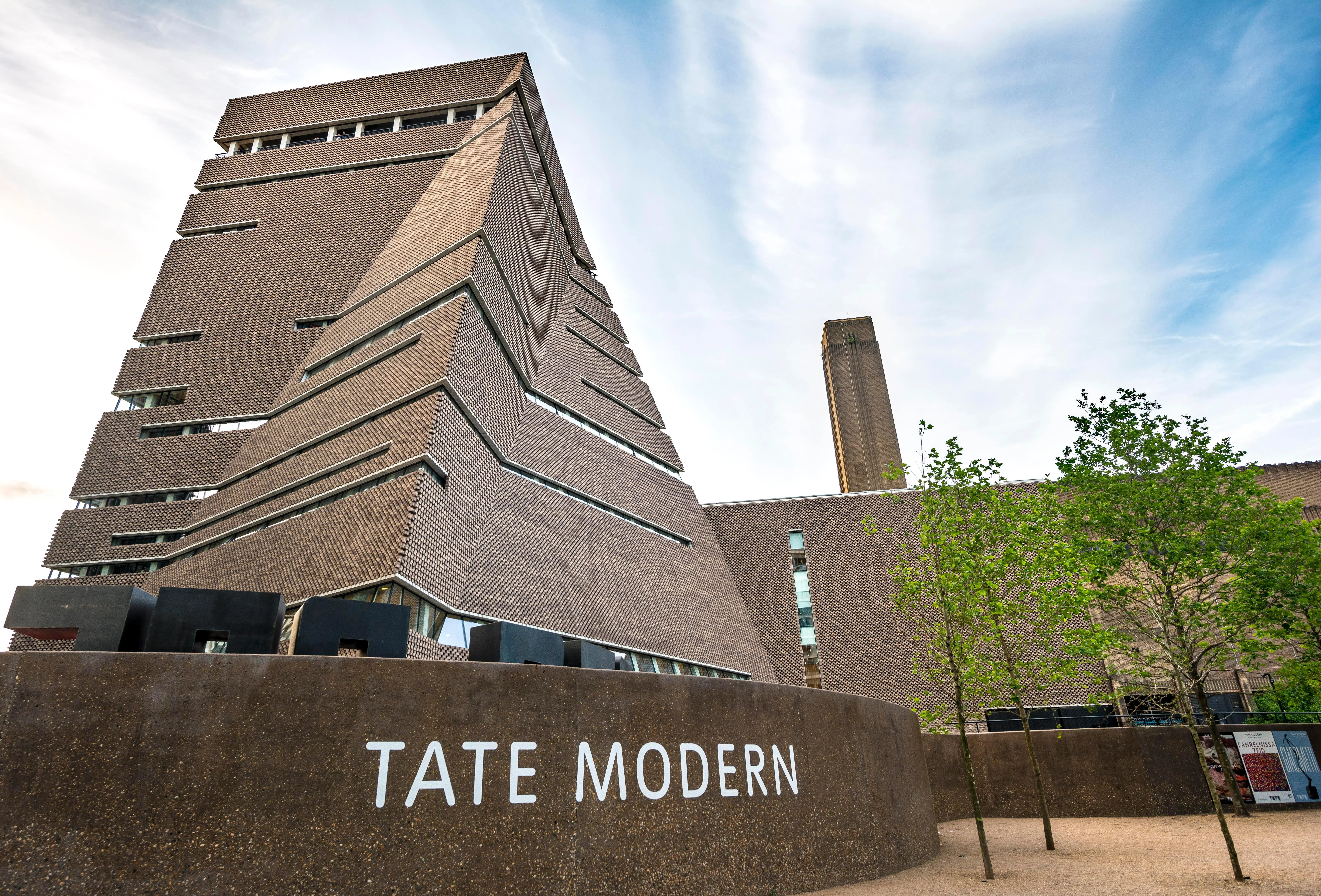
Preserving existing buildings reduces demolition waste, conserves embodied energy, and supports low-carbon design strategies. Adaptive reuse—repurposing a building for a new function—is a leading green practice.
Case Example: The Tate Modern in London, designed by Herzog & de Meuron, transformed the disused Bankside Power Station into an iconic cultural hub while maintaining its historic industrial character.
Visual Aid Suggestion: Before-and-After Photos of the Tate Modern, showing its transformation from power station to museum.
3.2 Cultural Identity and Place-Making
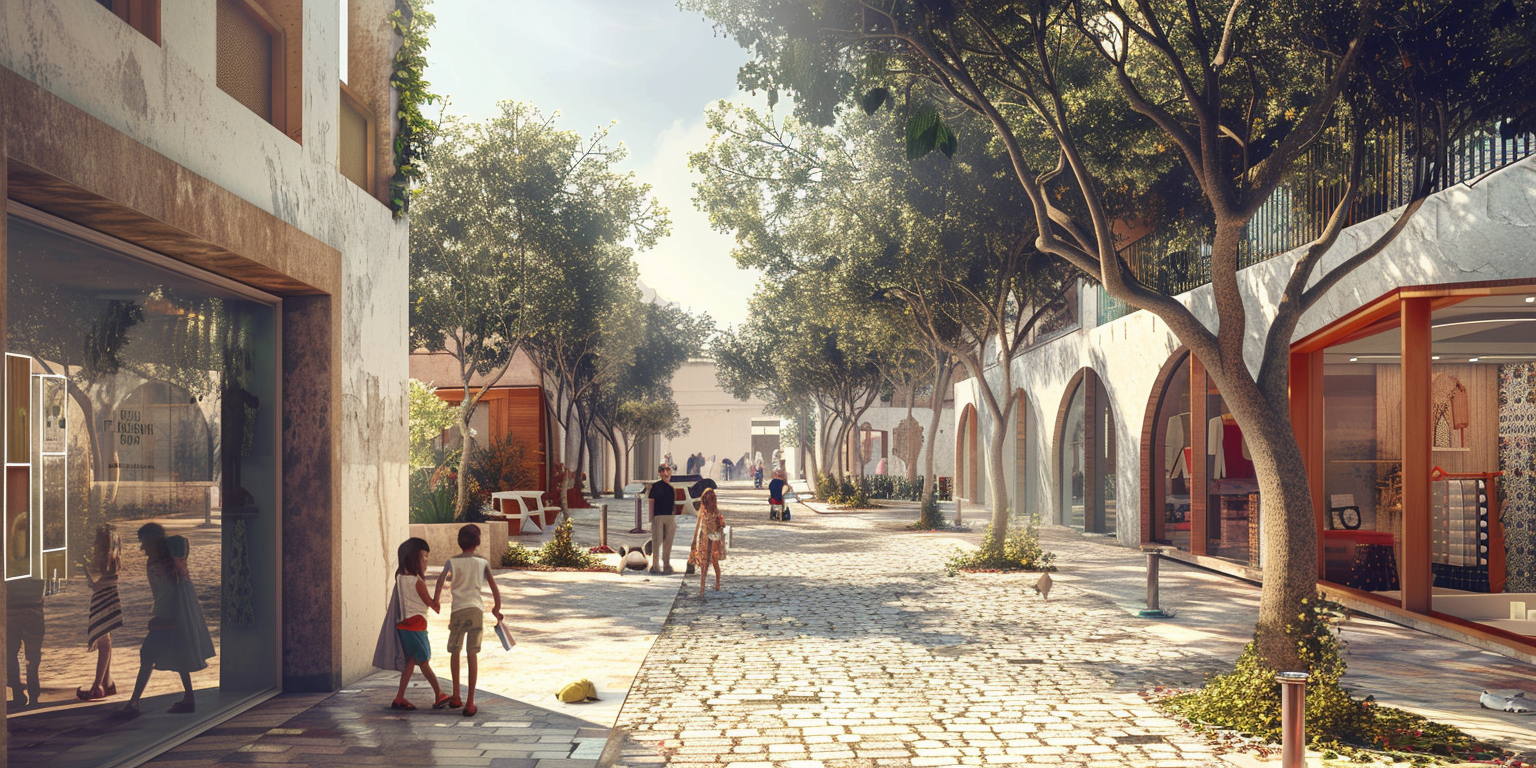
Historical architecture tells stories of place, community, and continuity. Integrating preserved elements into new designs can reinforce identity and collective memory.
Pro Tip: Consider how traditional patterns, materials, and forms can inspire modern interventions rather than compete with them.
4. Practical Challenges and How to Navigate Them

4.1 Technical Limitations
Working with old structures often involves degraded materials, undocumented modifications, and non-compliance with modern codes (e.g., seismic, accessibility). Solution: Perform detailed building condition surveys and collaborate with conservation specialists and structural engineers.
4.2 Regulatory Hurdles
Navigating heritage permits, zoning restrictions, and preservation authorities requires patience and documentation.
Pro Tip: Maintain transparent communication with preservation bodies and prepare complete historical records and proposed changes.
4.3 Cost and Feasibility
Preservation can be more expensive than new construction. However, funding and tax incentives are often available.
Actionable Advice:
Early cost-benefit analysis can uncover opportunities for reuse, leasing, or public-private partnerships.
5. Global Case Studies
5.1 Case Study 1: The Neues Museum, Berlin
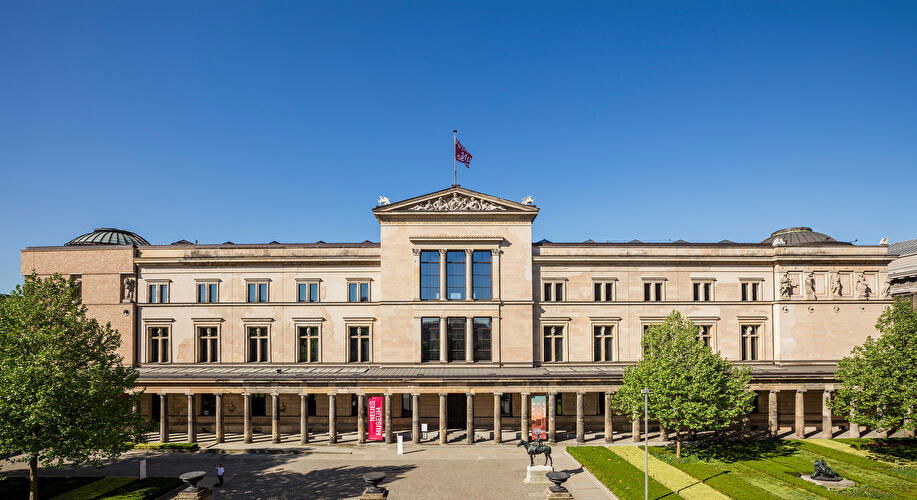
- Architect: David Chipperfield Architects
- Scope: Restoration and rebuilding of a war-damaged 19th-century museum
- Approach: A "critical reconstruction" blending original fragments with modern additions.
- Outcome: Widely praised for respecting history without mimicking it.
5.2 Case Study 2: The High Line, New York City
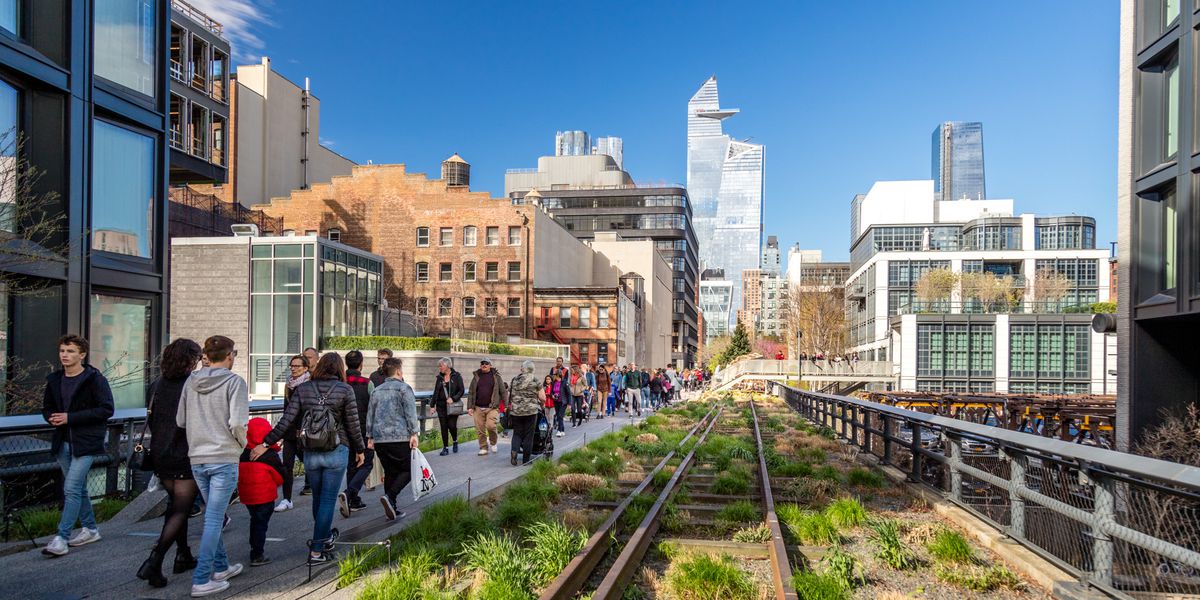
- Architects: James Corner Field Operations and Diller Scofidio + Renfro
- Scope: Transformation of an abandoned elevated railway into public park.
- Approach: Preserved railway tracks as landscape elements, celebrating industrial history.
- Outcome: A model of urban adaptive reuse, driving economic and cultural regeneration.
5.3 Case Study 3: Al Seef, Dubai
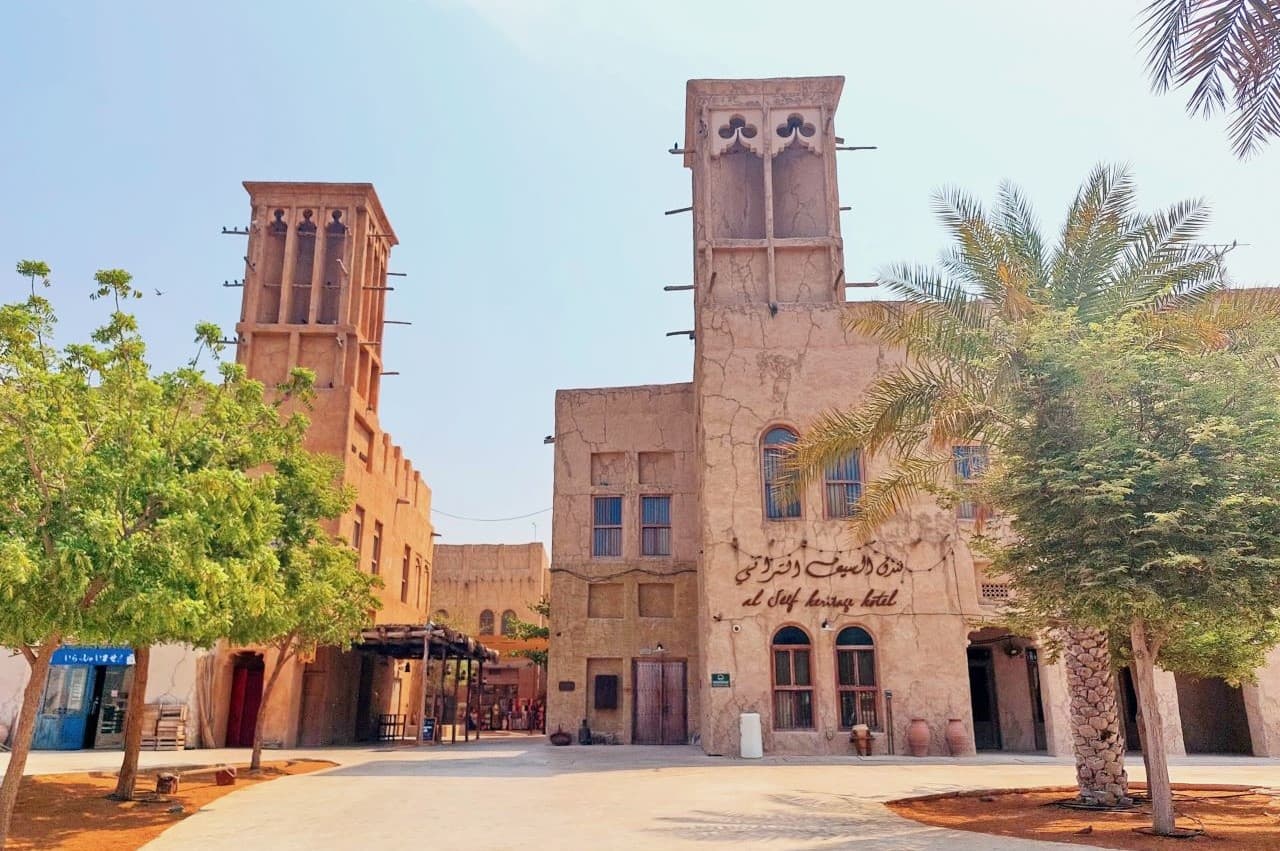
- Architect: X-Architects
- Scope: Revitalization of the Dubai Creek waterfront using traditional Gulf architecture
- Approach: Use of regional materials (coral stone, gypsum) and techniques (barjeel wind towers)
- Outcome: Combines tourism appeal with cultural preservation
6. Integrating Preservation into Everyday Practice
6.1 Adaptive Reuse as a Design Strategy
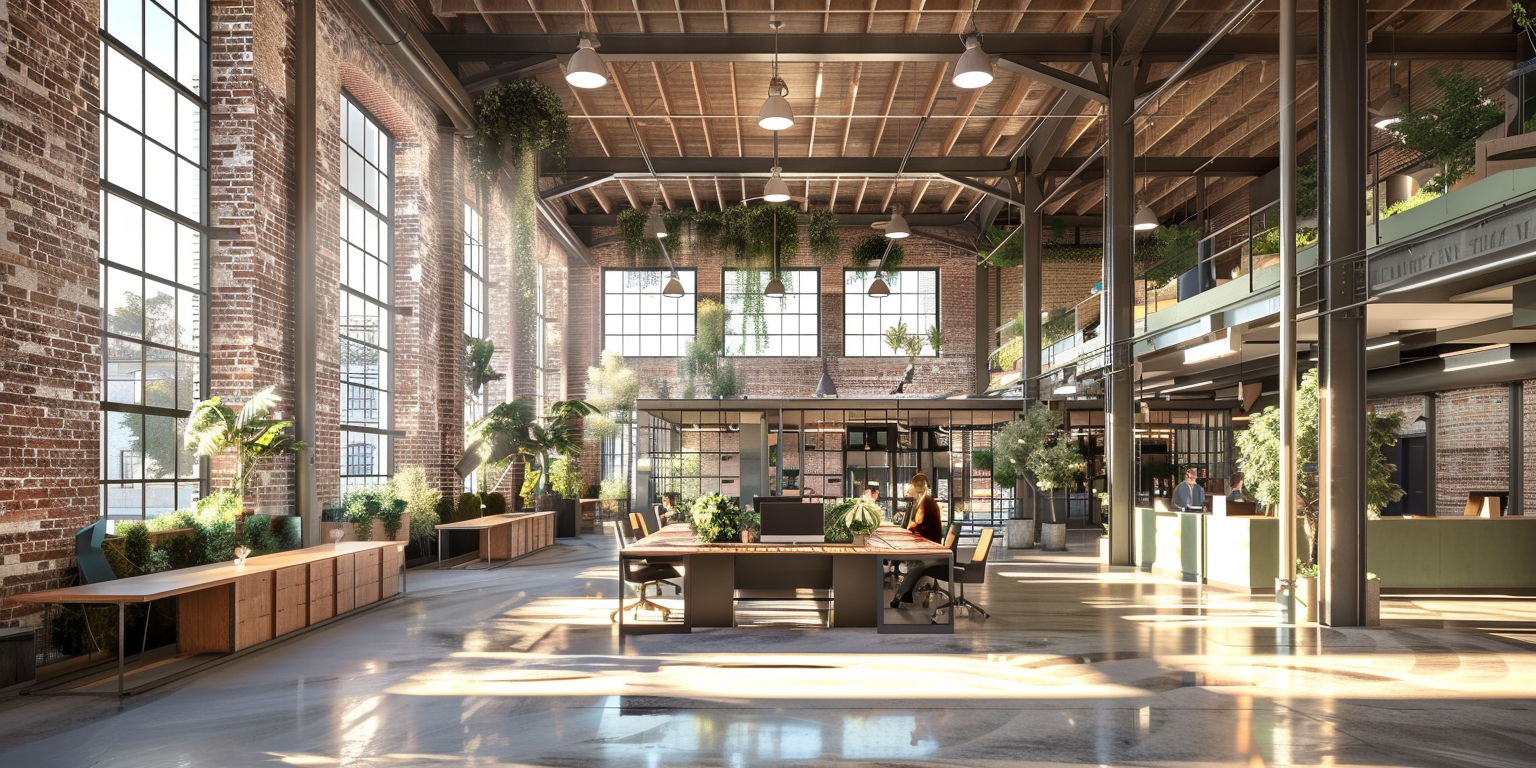
Look for opportunities to work with existing structures—warehouses, schools, homes—instead of defaulting to demolition. Apply thoughtful design to new programming.
Pro Tip: Survey your local city for overlooked buildings with solid structural bones. These are potential candidates for meaningful interventions.
6.2 Material and Craft Revival
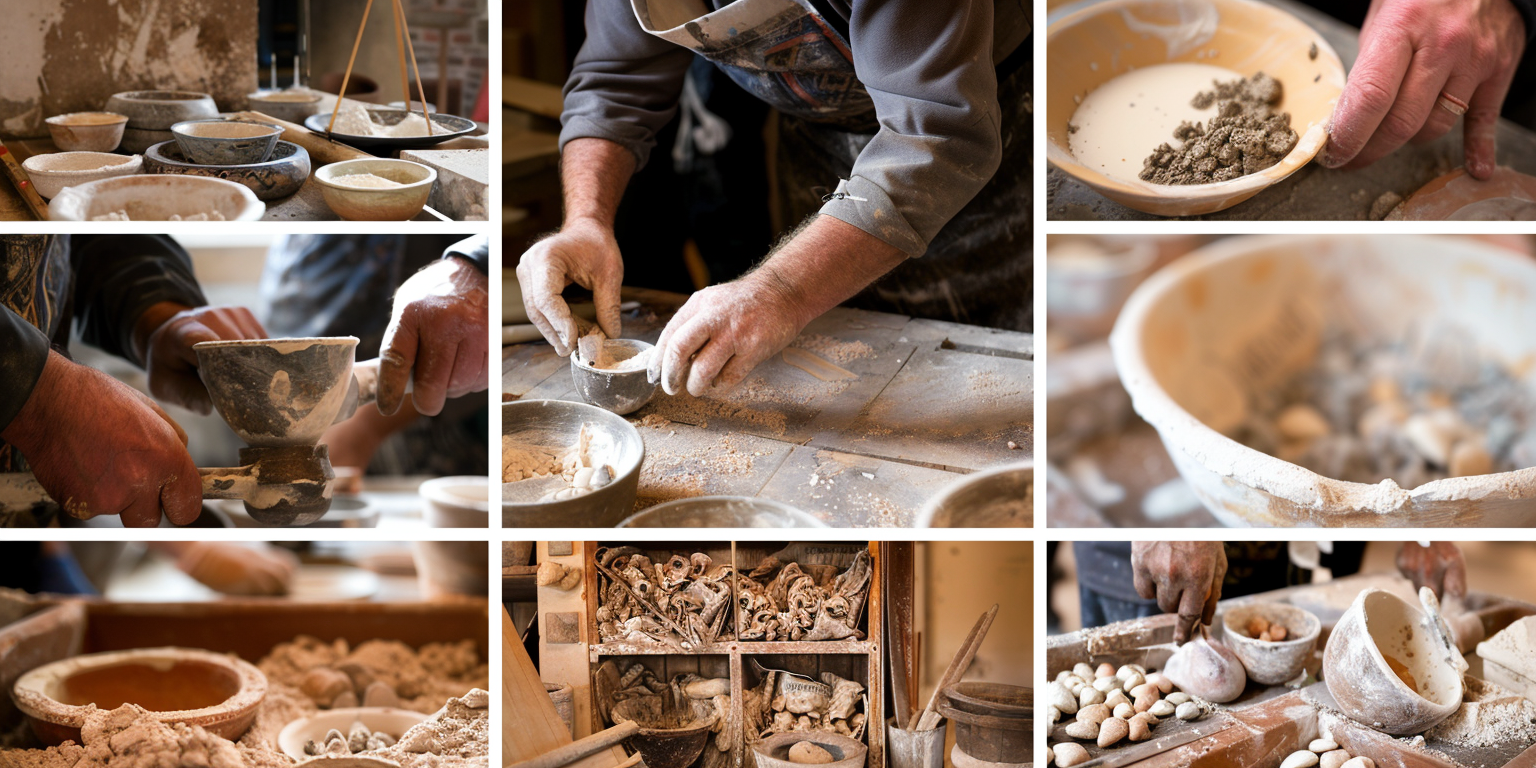
Reusing traditional techniques—like lime plaster, clay tiles, or stone masonry—not only preserves authenticity but supports local craftsmanship.
Actionable Advice: Partner with artisans to train workers and retain skills lost in conventional construction.
7. Digital Tools in Preservation
7.1 BIM for Historic Buildings
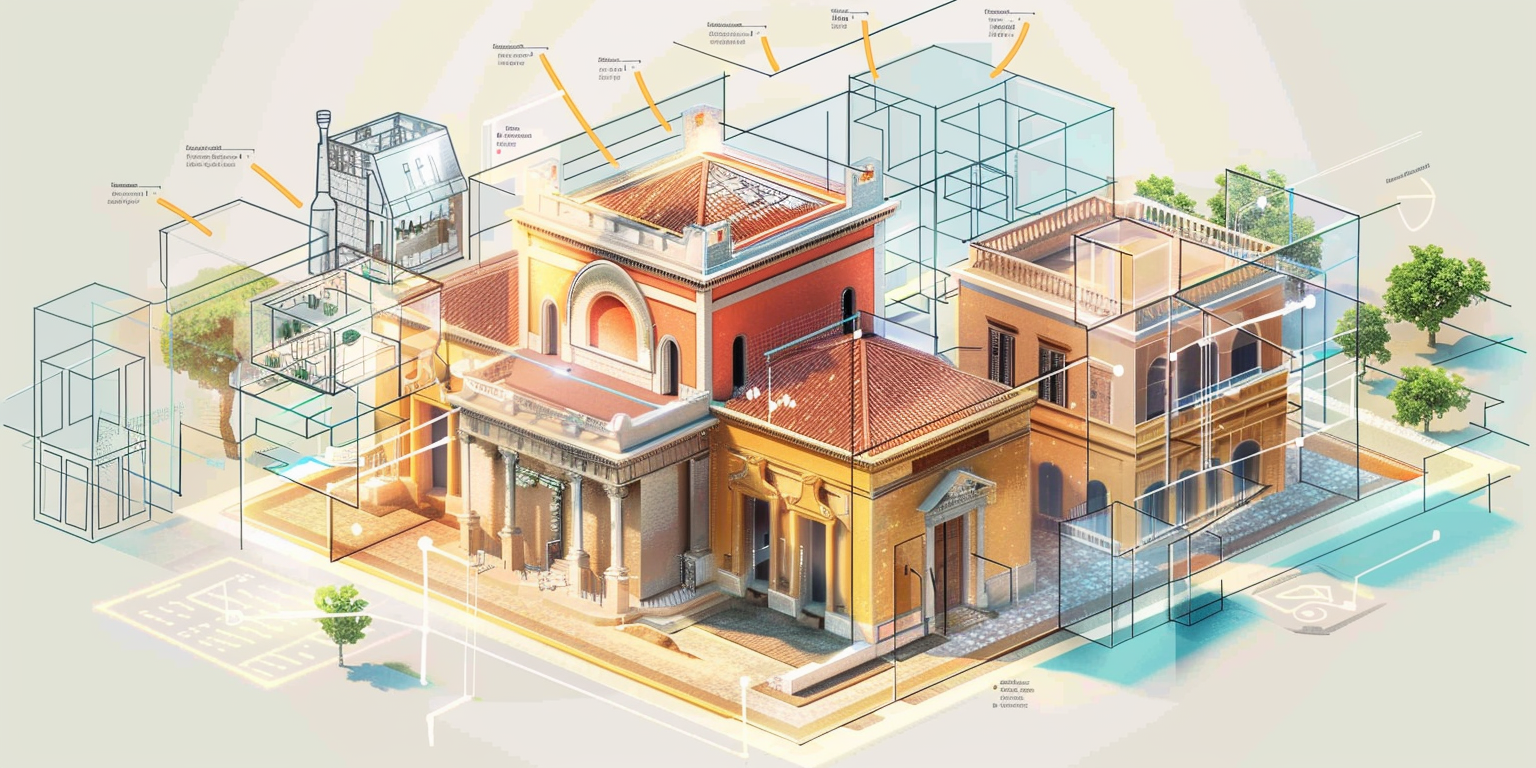
Building Information Modeling (BIM) is increasingly used to document and simulate historic structures. Laser scanning and photogrammetry can create precise 3D records.
7.2 VR/AR for Visualization

Virtual and augmented reality tools help stakeholders experience preservation designs before implementation—especially useful for clients and the public.
Pro Tip: Start small with drone scans and open-source software to integrate digital preservation methods on low-budget projects.
8. Conclusion

Architectural preservation is more than nostalgia—it's an essential practice that connects the past with the future. For recent graduates, mastering preservation principles opens doors to sustainable design, community engagement, and culturally rich environments. From adaptive reuse in bustling cities to material revival in rural contexts, preservation requires a balance of sensitivity and innovation. When done well, it brings new life to old spaces while maintaining their soul. As new architects step into professional roles, embracing preservation as part of their design toolkit will empower them to contribute meaningfully to the evolving built environment.